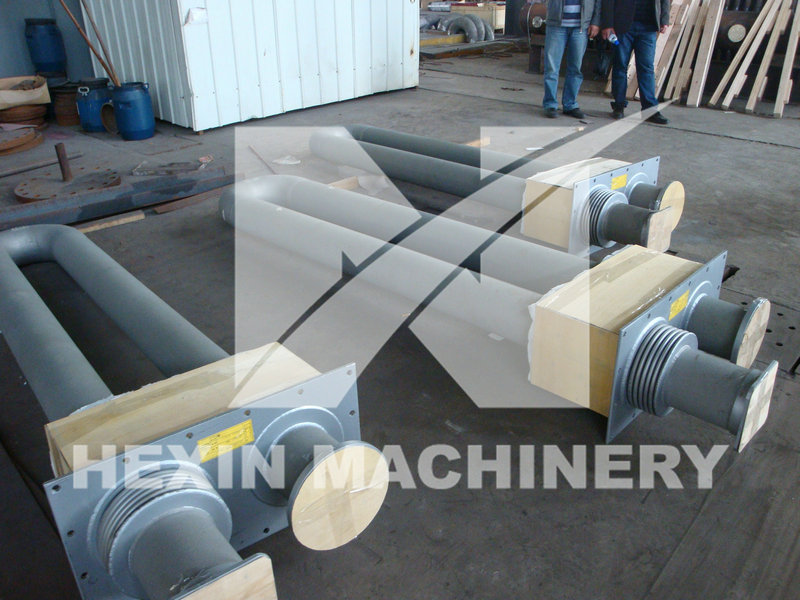
Radiant tubes are widely used in the industry. At the same time, radiant tubes are also key equipment in many industrial technologies and play an important role in many industrial equipment. Therefore, if the radiant tube fails, it will have a serious impact on production. In order not to affect normal production, there are certain requirements and safeguards for the life of the radiant tube. Only the correct use and care of the radiant tube can make the radiant tube better serve the production.
In industrial applications of radiant tubes, the proportion of combustion is very important. Excess nitrogen will corrode the radiant tubes and affect the service life of the radiant tubes. Once the concentration of O2 in the gas is slightly larger, that is, when the oxidizing atmosphere becomes stronger (such as the case of O2%>2%), a strong nitrogen oxidation will occur, so that the radiant tube will be corroded and damaged, and the H2 in the combustion gas will be destroyed. The H2O produced by the combustion will also enhance the corrosion damage, and there will be surface blistering, tube bending, burning and burning through the tube, etc. Therefore, the oxygen content in the combustion atmosphere of the radiant tube should be controlled below 2%.
To prevent the radiant tube from being burned and to prolong the service life of the radiant tube, certain measures should be taken:
1) Adjust the combustion ratio of combustion gas and combustion-supporting air in the radiant tube, so that the O2% content in the combustion exhaust gas is controlled below 2%.
2) The action of the gas pressure control valve and the air pressure control valve should be sensitive without lag, to ensure the stability of the gas pressure and air pressure during combustion, and to ensure the complete combustion of the gas.
3) The rotating speed of the exhaust gas exhaust fan is stable, reducing the fluctuation of the combustion flame.
4) The heat exchanger of combustion-supporting air must not leak, so as to avoid the air being drawn away by the exhaust gas and affecting the mixed combustion ratio of gas and air.
5) The connecting flange and seal of the heat exchanger in the radiant tube must not leak, so as to avoid the entry of cold air from the outside, and improve the temperature of the combustion air.
6) If conditions and funds permit, a large heat exchanger should be installed to use the waste heat (up to 390°C) of the exhaust gas discharged outside the workshop to preheat the air for the first time, and the air enters the heat exchanger in the radiant tube of the burner After the secondary preheating of the air, the temperature of the combustion air is increased.
7) When the temperature of the radiant tube is higher than 400 ℃ (furnace temperature), it is strictly forbidden to open the furnace cover and disassemble the burner and heat exchanger to avoid cracks caused by the shrinkage of the high-temperature radiant tube when exposed to cold air.
8) Try to arrange the centralized production of strip steel with the same heating demand.
9) During production, the operator should try to maintain the uniformity of the working temperature, and avoid the operation of rapidly heating the burner and stopping the burner for purging and cooling.
The radiant tube is very compact in structure, and its performance is relatively stable. It can be said to have a relatively long service life. Because of lack of attention to maintenance and irregular use, the life of the radiant tube has been reduced. Therefore, it is recommended that you check regularly. And maintenance, find problems in time, standardize the use and operation, so as to improve the service life of the radiant tube.

